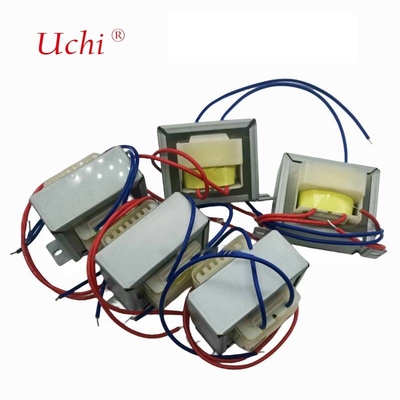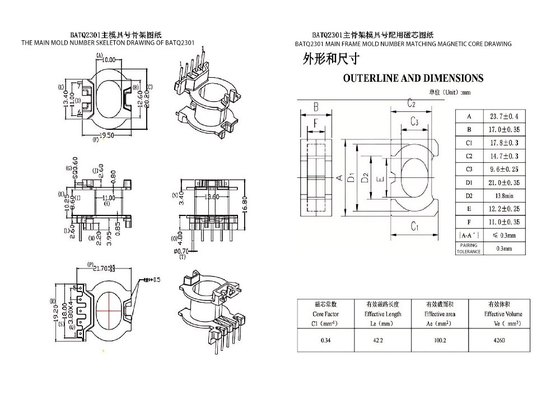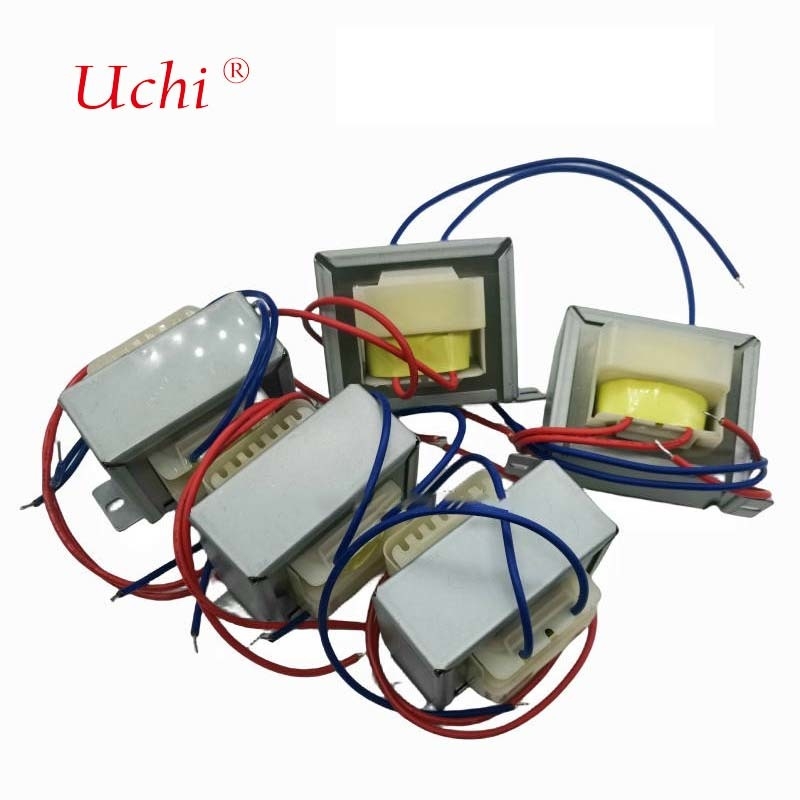BATQ2301 ATQ23.7 Transformador de distribución de energía de alta frecuencia de 5+2 pines centrales verticales de un solo lado
Datos del producto:
| Lugar de origen: | Dongguan, Guangdong, China |
| Nombre de la marca: | Uchi |
| Certificación: | Processor |
| Número de modelo: | Se aplicarán las siguientes medidas: |
Pago y Envío Términos:
| Cantidad de orden mínima: | 1000 unidades |
|---|---|
| Precio: | Negociable |
| Tiempo de entrega: | 2 semanas |
| Condiciones de pago: | T/T, Paypal, Western Union, MoneyGram y otras formas de pago. |
| Capacidad de la fuente: | 50000000 piezas por mes |
|
Información detallada |
|||
| Resaltar: | Transformador de distribución de energía de un solo lado,Transformador de distribución de energía de alta frecuencia |
||
|---|---|---|---|
Descripción de producto
BATQ2301(ATQ23.7 Transformador de distribución de energía de alta frecuencia con pines centrales 5+2 verticales de un solo lado)
![]()
El transformador de potencia es el "corazón" del sistema de energía. Sus características se reflejan en la capacidad de transformación de voltaje basada en la inducción electromagnética, las características de transmisión de energía eficiente y confiable, así como diversos diseños estructurales. Las ventajas se concentran en aspectos como la conservación de energía, la flexibilidad, la fiabilidad y la adaptabilidad ambiental. Con el desarrollo de la tecnología, los futuros transformadores de potencia evolucionarán aún más hacia la baja pérdida, la inteligencia (como la monitorización inteligente y el diagnóstico de fallos) y la compacidad, con el fin de servir mejor al nuevo sistema de energía y la transición a la energía verde.
Los transformadores de potencia son altamente eficientes y ahorran energía, reduciendo las pérdidas de transmisión.
Al aumentar el voltaje para reducir la corriente en la línea de transmisión, se disminuye la pérdida de Joule (P=I ² R) causada por la resistencia de la línea. Por ejemplo, cuando el voltaje se eleva de 10 kV a 110 kV, la corriente de transmisión se puede reducir a 1/11 de la original, y la pérdida se puede reducir a 1/121 de la original.
Los transformadores de ahorro de energía (como los transformadores de núcleo de aleación amorfa) reducen aún más las pérdidas sin carga y son adecuados para escenarios de operación a largo plazo en las redes eléctricas.
INTRODUCCIÓN DETALLADA
![]()
![]()
DIAGRAMA DE CASO
![]()





